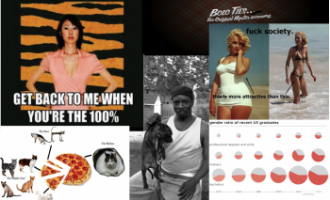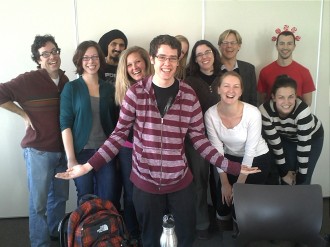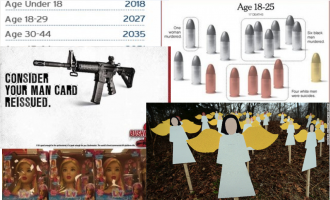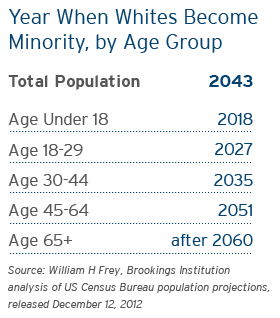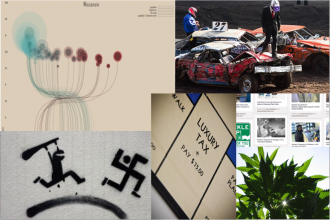Happy New Year!
2012 is over, and as we looked back at what The Society Pages accomplished in that span, we realized there’s no way to choose a “Best Of.” Other sites might be up to the task, but here we’d be weighing so many factors that the results would be somewhere between utterly irrelevant to most readers and totally gut-wrenching for us. And since we do our best to avoid gut-wrenching anything, instead we’re offering up a list based on one very simple metric: the most popular post published in each area of our site this year. That is, what got the eyeballs. These might be controversial, weird, the beneficiaries of 12 months of results rather than 1 (if they happened to be published in December)… who knows? Let’s find out together. Thanks for your support, comments, readership, and curiosity! more...

